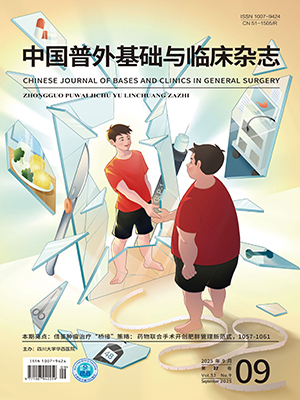Objective To investigate the choleenterostomy type and the longterm results in treatment of benign diseases of biliary tract. MethodsA total of 614 cases of choleenterostomy from January 1981 to December 2000 were followed up and analysed. The original diseases: 321 were original hepatolithiasis and/or bileduct stricture (52.3%), 106 congenital cyst of common bile duct (17.3%), 151 iatrogenic bile duct injury (24.6%) and others 36 cases (5.9%). Choledochoduodenostomy was performed in 89 cases and choledochojejunostomy in 525 cases. Five hundred and twentyfour cases have been followed up for 1 to 20 years. The rate of followup was 87.9%. ResultsIn 84.5% of the cases, excellent or good longterm results were achieved. Reoperation rate were 49.4% in cases of choledochoduodenostomy or cystoduodenostomy, 14.2% in sideside (cyst) cholangiojejunostomy and 4.4% in endside cholangiojejunostomy, respectively. Conclusion The choledochoduodenostomy should be abolished. The endside cholangiojejunostomy shoud be the best choice when it is needed to perform choledochojejunostomy in benign bile duct diseases and can promise a satisfactory longterm result.
Citation: LI Haimin,DOU Kefeng,ZHOU Jingshi,et al.. The Selection of Choleenterostomy Type in Benign Diseases of Biliary Tract. CHINESE JOURNAL OF BASES AND CLINICS IN GENERAL SURGERY, 2002, 9(3): 191-193. doi: Copy
Copyright © the editorial department of CHINESE JOURNAL OF BASES AND CLINICS IN GENERAL SURGERY of West China Medical Publisher. All rights reserved




